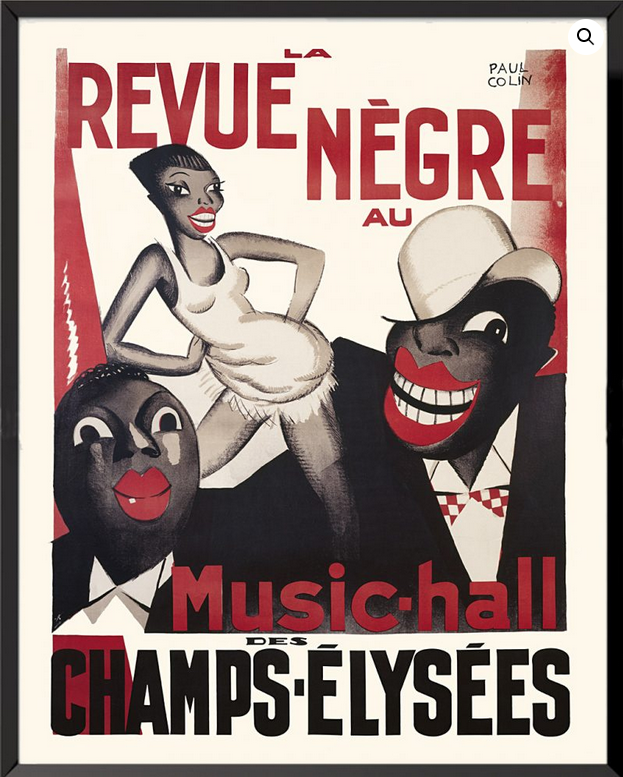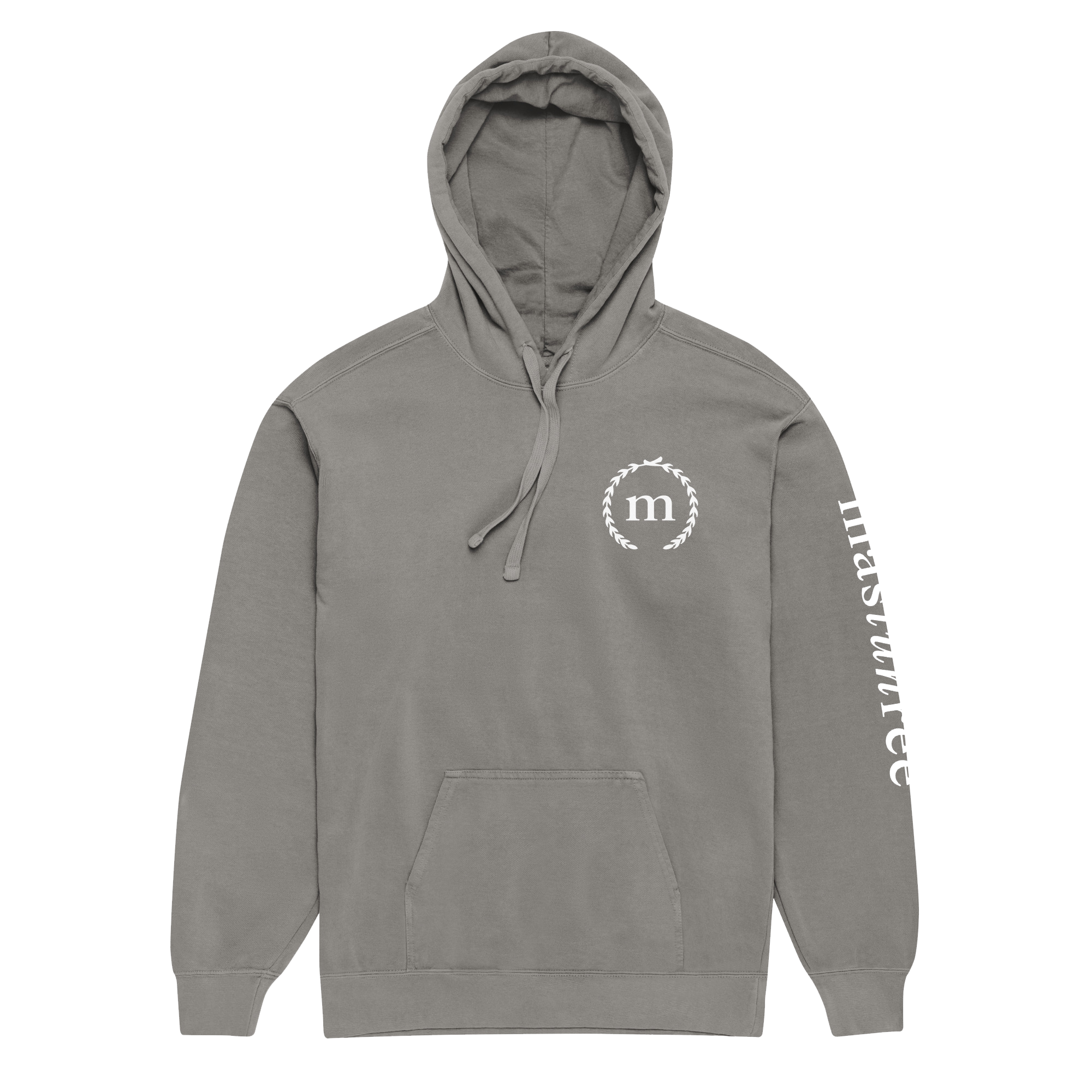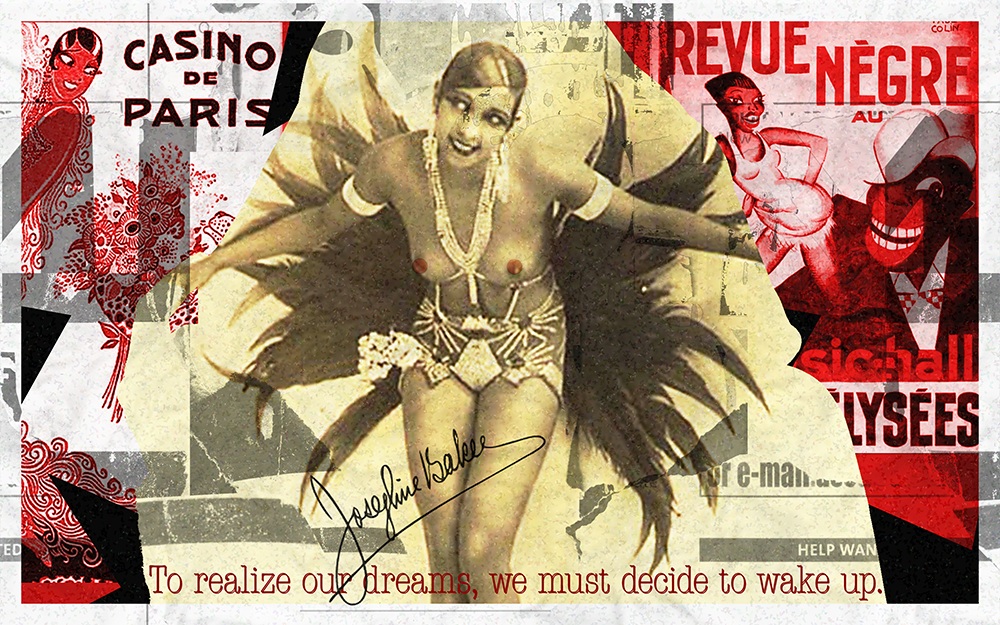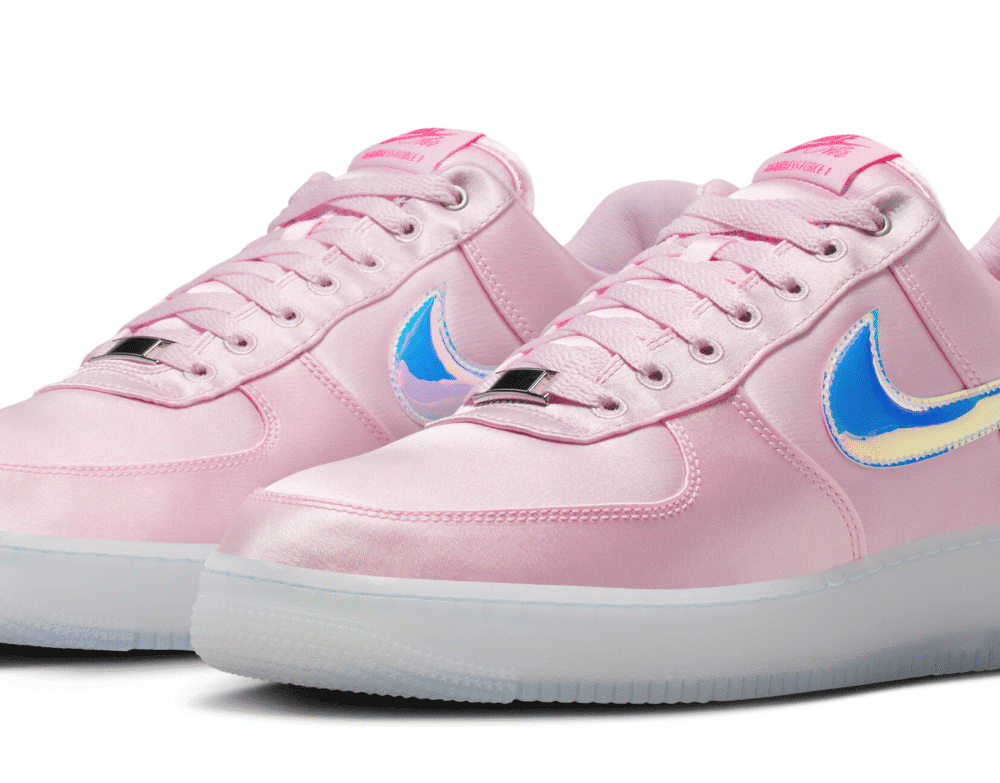
Josephine Baker’s Banana Skirt: The Costume That Changed Fashion and Culture
Josephine Baker’s banana skirt isn’t just a famous costume — it’s one of the most influential fashion moments of the 20th century. Debuting in 1926 during her electrifying “danse sauvage” performance at the Folies Bergère, the Banana Skirt blended performance, satire, race, and glamour in a way the world had never seen. Nearly a century later, it remains a cultural landmark influencing fashion houses, pop icons, and conversations about representation and power.
The Origin of Josephine Baker’s Banana Skirt
In 1926, Baker stepped onto the Parisian stage wearing a skirt made of rubber bananas, pearl strands, and little else. The costume appeared in La Revue Nègre, where Baker became an instant star. Her banana skirt dance boldly exaggerated colonial stereotypes while flipping them on their head.
Instead of being objectified, she controlled the narrative. Her movements — wide-eyed expressions, sharp hip isolations, and playful gestures — turned a racist trope into art, ownership, and satire.
Style, Performance, and the Power of Satire
Baker understood the European gaze — and she played with it masterfully. Her Banana Skirt performance blurred the lines between comedy and sensuality, turning stereotype into spectacle.
- She mocked racist imagery with exaggerated movement.
- She reclaimed agency by choosing how she was seen.
- She subverted audiences’ expectations using humor and rhythm.
The best documentary: Joséphine Baker: The 1st Black Superstar
The Banana Skirt became a tool: not just to entertain, but to expose the absurdity of the stereotypes placed on Black performers.

A Fashion Legacy That Still Inspires the World
The Banana Skirt quickly evolved into a fashion icon. Designers, musicians, and creatives continue to reference it nearly 100 years later.
Modern inspirations include:
- Beyoncé’s Lemonade visuals
- Rihanna’s stage costuming
- Marc Jacobs SS collection
- Prada’s playful silhouettes
- Editorial fashion shoots
- Carnival and festival costumes
Baker wasn’t just a performer — she was a style architect. Working with couturiers like Poiret and Vionnet, she helped define 1920s Paris fashion. She also launched her own beauty products including Bakerskin and Bakerfix, pushing boundaries in beauty and glamour.
Josephine Baker: Activist, Hero, Icon
Beyond the Banana Skirt, Baker’s life carried tremendous impact:
World War II Hero
Baker secretly aided the French Resistance, smuggling information inside her sheet music and sheltering refugees. She received:
- The Croix de Guerre
- The Médaille de la Résistance
- The Légion d’Honneur
Civil Rights Advocate
At the 1963 March on Washington, she was the only woman to speak on stage, standing beside Dr. Martin Luther King Jr. in her Free French military uniform.
Global Humanitarian
At her estate, Château des Milandes, she adopted children of different ethnicities and backgrounds, calling them her “Rainbow Tribe.”
Why the Banana Skirt Still Matters Today
Today, the Banana Skirt represents:
- Cultural reclamation
- Performance as resistance
- The power of style as political expression
- Black creativity influencing global fashion
It continues to appear in museums, runway shows, pop culture references, and designer mood boards. For many, it symbolizes the moment Josephine Baker went from performer to legend. Learn more about Josephine Baker’s life, performances, and global influence at the National Women’s History Museum:












